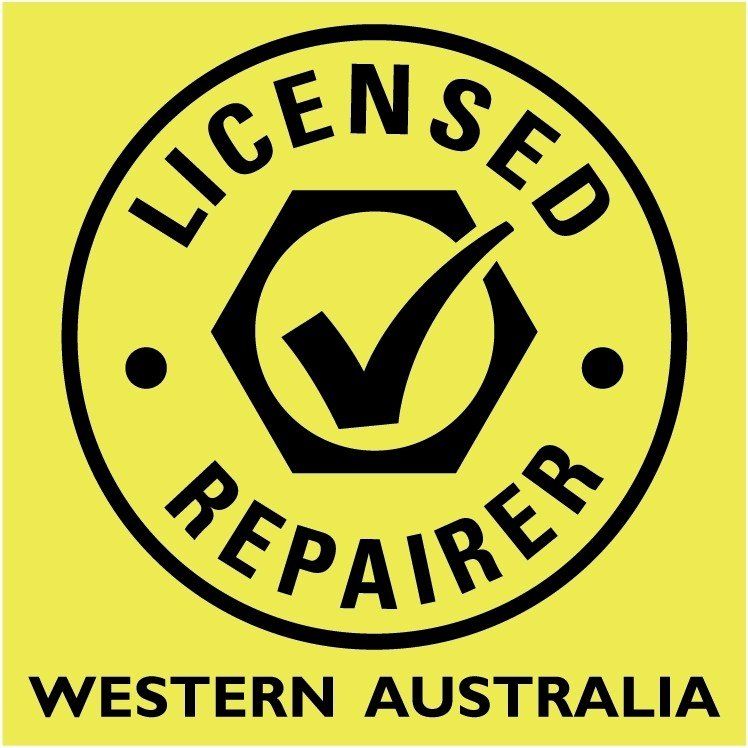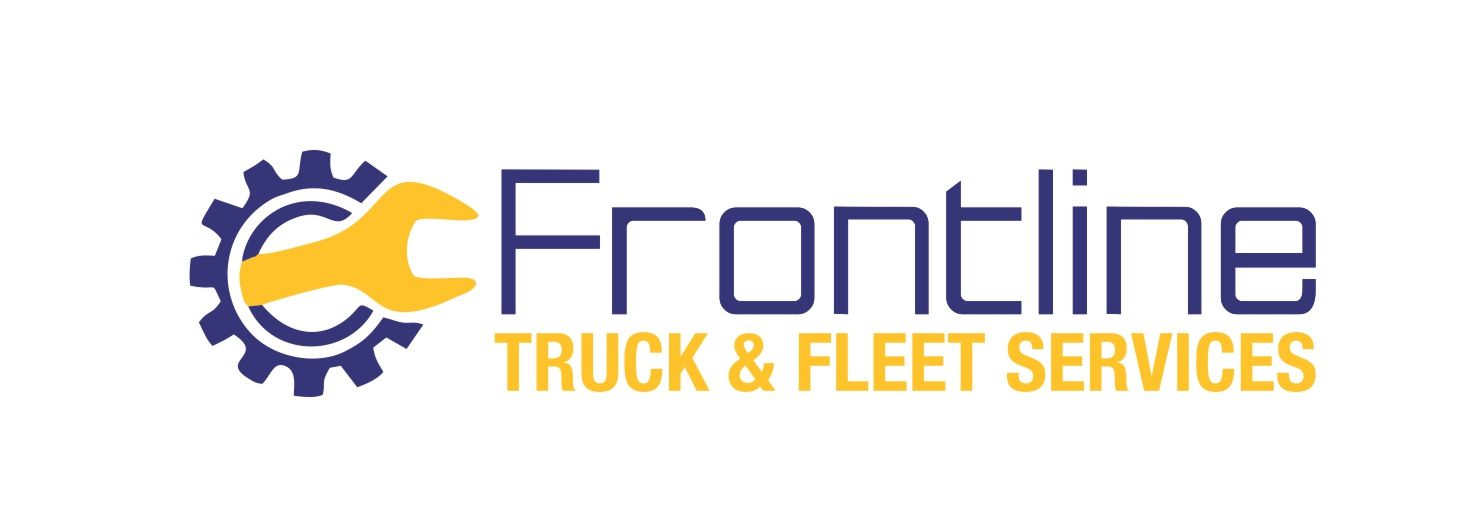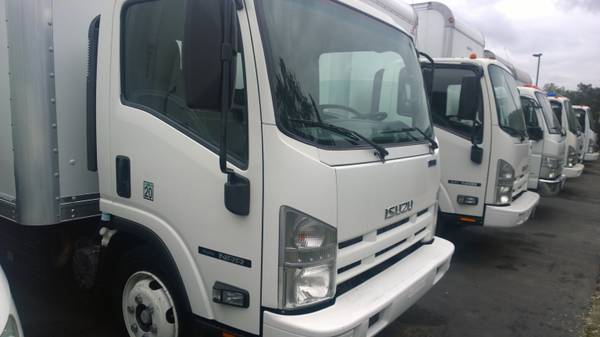"Call The Best, We'll Do The Rest"
08 9345 3122
Blog
Blog

By Andy King
•
19 Apr, 2024
In commercial transportation, the clutch plays a pivotal role in the functionality of trucks, acting as the critical interface between the engine and the transmission. Proper maintenance of truck clutches not only ensures smoother operations but also extends the lifespan of the vehicle, thereby reducing downtime and maintenance costs. This article provides a comprehensive overview of truck clutch maintenance, the signs of potential failure, and what steps to take when issues arise. Balcatta Truck Repairs is a service provider specialising in comprehensive truck maintenance and repair solutions based in Balcatta Perth . With a focus on delivering high quality, reliable service, our expert team of certified mechanics is dedicated to ensuring the optimal performance and longevity of your fleet. Whether you require routine servicing, emergency repairs, or specialised care for your trucks, Balcatta Truck Repairs is equipped with the latest tools and technology to meet your needs. Our commitment to excellence and customer satisfaction makes us the trusted choice for truck owners and fleet managers in the region. The Importance of Truck Clutch Maintenance The clutch system in trucks serves as a fundamental mechanism that manages the transfer of power from the engine to the transmission. It comprises several key components: Clutch Plate: Engages with the flywheel to transfer engine power to the transmission. Pressure Plate: Applies pressure to clamp the clutch plate against the flywheel, allowing for smooth power transfer. Flywheel: Connects to the engine and provides a surface against which the clutch plate can be pressed. Release Mechanism: Disengages the clutch from the flywheel, allowing the driver to shift gears or stop without stalling the engine. Maintaining these components is not solely about extending their operational life but is crucial for ensuring the overall safety and reliability of the truck. A malfunctioning clutch can lead to unsafe driving conditions, potential breakdowns, and significant repair costs, which can impact business operations due to vehicle downtime. Regular Maintenance Practices Inspection: Routine inspections are essential for identifying early signs of wear and potential failures in the clutch system. These inspections should include: Checking the clutch pedal for resistance and ensuring it does not stick or squeak. Examining the linkage and cable for corrosion or excessive wear. Assessing the pressure plate and clutch disc for signs of heat damage or uneven wear. Adjustment and Lubrication: Proper adjustment and lubrication are crucial for the smooth operation of the clutch: Adjustment: Ensuring that the clutch pedal has the correct free play is vital. Too much slack can lead to incomplete disengagement, whereas too little can cause the clutch to slip. Lubrication: Regular lubrication of the clutch cable and linkage minimizes friction and wear, promoting smoother operation and preventing mechanical binding. Fluid Checks: For hydraulic clutch systems, maintaining the hydraulic fluid at the appropriate level is imperative: Regularly check the fluid in the reservoir to ensure it is at or above the minimum level and top up if necessary. Inspect for leaks in the system, particularly at connection points and seals, which could lead to a drop in fluid levels and reduced clutch performance. Driver Training: Educating drivers on the correct use of the clutch can lead to significant reductions in wear and tear: Training should emphasize the importance of not 'riding' the clutch, i.e., keeping the foot off the clutch pedal when not shifting gears. Encouraging drivers to ensure complete clutch engagement and disengagement when shifting helps prevent partial clutch slippage, which can drastically reduce the life of the clutch. By implementing these maintenance practices, truck operators can ensure that their vehicles remain in top condition, minimizing the risk of clutch failure and maintaining consistent operational efficiency. This proactive approach not only saves on costly repairs but also enhances vehicle safety and reliability, crucial for maintaining the smooth operation of transportation and logistics activities. Recognising and Addressing Truck Clutch Problems Identifying early symptoms of clutch issues is crucial for taking timely corrective action and preventing more severe complications that could lead to vehicle downtime. Below are detailed descriptions of common clutch problems and their implications: Slippage: This is one of the most noticeable signs of a failing clutch. When the clutch disc and the flywheel do not engage fully, the engine may rev without a corresponding increase in speed, leading to a significant drop in performance. This slippage can occur due to worn clutch plates, oil contamination, or a weakened pressure plate. Difficult Shifting: If shifting gears becomes hard or is accompanied by a grinding noise, it typically indicates an issue with the clutch not disengaging fully. This could be due to several factors, including a misadjusted clutch cable, a failing clutch master or slave cylinder in hydraulic systems, or a damaged pressure plate. Pedal Problems: A clutch pedal that sticks, feels spongy, or has too much free play might suggest hydraulic system issues, such as air in the line, low fluid levels, or leaks. Alternatively, it could be due to a malfunctioning clutch cable or broken springs in the pressure plate. What to Do When a Clutch Fails Addressing clutch failure promptly is essential to ensure the safety and functionality of the vehicle: Immediate Measures: Stop Driving: If clutch failure is suspected, cease driving immediately to prevent further damage. Operating a truck with a failing clutch can lead to more severe mechanical issues and potentially unsafe driving conditions. Assess the Situation: Quickly check for any noticeable signs such as strange noises, burning smells, or fluid leaks. This information can be crucial for mechanics later on. Professional Assessment and Repair: Diagnosis: A thorough assessment by a professional mechanic can determine the exact cause of the failure. This typically involves inspecting the clutch assembly and related components. Repair: Based on the diagnosis, the mechanic may replace the clutch disc, pressure plate, and possibly the flywheel if it has been damaged by a slipping clutch. It's essential that any replacement involves adjusting all related components to ensure the entire system functions smoothly. Quality Replacement Parts: OEM Parts: Use original equipment manufacturer (OEM) or equivalent parts to guarantee compatibility and reliability. High-quality parts ensure that the repair lasts and helps prevent future failures. Warranty Considerations: Ensure that all new parts come with a warranty, providing additional security for the repair investment. Conclusion Effective maintenance and proactive monitoring of the clutch's condition are vital to prolonging the lifespan of truck transmissions. By understanding the signs of wear and promptly addressing issues, truck owners and fleet managers can maintain high levels of reliability and efficiency in their operations. Regular checks and servicing by qualified mechanics are recommended to keep the clutch system in optimal working order, thereby safeguarding against unexpected failures and maintaining the operational readiness of the fleet. This approach not only enhances vehicle performance but also maximizes safety on the road.

By Andy King
•
20 Mar, 2024
In the dynamic and demanding world of logistics and transportation, the importance of reliable truck repair services cannot be overstated. As we step into 2024, the landscape of truck maintenance and repair in Perth , particularly, continues to evolve with advancements in technology and changes in industry standards. This guide is designed to provide truck owners and fleet managers in Perth with a thorough understanding of truck repair services , including insights into costs, budgeting strategies, selecting a reputable mechanic, and the repair process itself. The Importance of Regular Truck Maintenance Regular maintenance is the cornerstone of ensuring the longevity and reliability of your fleet. Preventive maintenance not only helps in avoiding significant repairs down the line but also ensures that your vehicles are running efficiently and safely. Understanding the scope of regular maintenance and the signs that indicate your truck needs repair are vital components of fleet management. Costs Involved in Truck Repair and Budgeting for 2024 The cost of truck repair can vary significantly based on the nature of the repair, the type of parts required, and the labor involved. Common expenses include routine maintenance tasks, replacement of wear-and-tear parts, and addressing major mechanical issues. With the economic fluctuations and technological advancements in 2024, it's crucial to stay informed about the latest cost trends in truck repair services. Budgeting for truck repairs requires a strategic approach. Allocating a portion of your operational budget to maintenance and repairs can mitigate the risk of unexpected expenses. Additionally, exploring service agreements or maintenance packages offered by repair services can provide cost savings and predictable budgeting. Choosing the Right Truck Repair Mechanic in Perth The selection of a truck repair service is a decision that demands careful consideration. Key factors to evaluate include: Certifications and Expertise: Look for mechanics with specific certifications and training in truck repair. Their expertise can make a significant difference in the quality of repairs and maintenance. Experience with Specific Types of Repairs: Ensure the service provider has a proven track record with the particular make and model of your trucks. Customer Reviews and Feedback: Online reviews and testimonials can provide insights into the reliability and customer service quality of the repair service. Transparency in Pricing: A reputable service provider will offer clear and upfront pricing, without hidden fees. Navigating the Truck Repair Process Understanding the typical repair process is essential for efficient fleet management. The journey from diagnosis to the final inspection is detailed, requiring close collaboration between the truck owner or manager and the repair service provider. Here's a deeper dive into each step: Diagnosis: The first step in the repair process is accurately diagnosing the issue. Modern truck repair services in Perth use advanced diagnostic tools that can quickly identify problems, from engine performance issues to electronic system faults. A precise diagnosis is crucial to developing an effective repair plan and avoiding unnecessary repairs. Quotation and Approval: After diagnosis, you'll receive a detailed quote outlining the cost of repairs, including parts and labor. This is the point at which you should ask questions and possibly seek second opinions if the costs seem high or the repairs extensive. Approval is given only once you're comfortable with the scope and cost of the work. Repair or Replacement of Parts: Depending on the diagnosis, parts may need to be repaired or replaced. High bquality parts ensure longevity and performance, so inquire about the parts' brands and warranties. Reputable repair services will use OEM (Original Equipment Manufacturer) or equivalent quality parts. Testing: Once repairs are completed, thorough testing is conducted to ensure that the truck is running correctly and that the original issue has been resolved. This may include road testing under various conditions to simulate typical operating scenarios. Final Inspection and Communication: A final inspection is performed to ensure that all work has been completed to a high standard. Good repair services will communicate clearly about the repairs undertaken, providing a detailed report and explaining any future maintenance that may be required. This is also an opportunity to address any concerns and ensure you're satisfied with the work done. Technological Advancements in Truck Repair The truck repair industry is experiencing rapid technological advancements, significantly impacting repair techniques, efficiency and reliability. Staying informed about these changes can offer your fleet a competitive edge: Advanced Diagnostic Tools: The latest diagnostic tools offer unprecedented accuracy in identifying faults. They can interface with a truck's onboard diagnostics port, providing real-time data on engine health, emission levels, and electronic systems. This precision reduces diagnostic time and helps in addressing the exact issue without guesswork. 3D Printing for Parts: 3D printing technology is revolutionizing the availability of truck parts. In 2024, it's not uncommon for repair services to 3D print rare or discontinued parts on-demand, reducing wait times for parts sourcing and enabling quicker repairs. Telematics and Predictive Maintenance: Telematics systems collect and analyze data from truck operations, offering insights into potential issues before they become serious. Predictive maintenance, powered by AI algorithms, can forecast when parts might fail or require service, scheduling repairs at convenient times and preventing unexpected downtime. Eco-friendly and Efficient Repair Practices: With a growing emphasis on sustainability, repair services are adopting eco-friendly practices, including recycling parts and using environmentally friendly materials. Moreover, innovations in repair methods aim to enhance fuel efficiency and reduce emissions, aligning with global environmental goals. Remote Troubleshooting: Advancements in connectivity allow for remote diagnostics and troubleshooting, where repair technicians can assess and sometimes rectify minor issues without the truck needing to visit a repair shop. This can significantly reduce downtime and operational disruptions. Embracing these technological advancements and understanding the repair process can significantly enhance the efficiency and reliability of your truck fleet. By partnering with a forward-thinking truck repair service in Perth, such as Balcatta Truck Repair, you ensure that your fleet remains at the forefront of operational excellence and technological innovation. Conclusion As the backbone of commerce and logistics, trucks play a critical role in our economy. Ensuring they are well-maintained and promptly repaired is essential for the smooth operation of your business. In Perth, especially in the Balcatta area, the choice of a truck repair service should be guided by thorough research and consideration. By understanding the costs involved, knowing how to budget effectively, choosing the right mechanic, and familiarizing yourself with the repair process, you can make informed decisions that keep your fleet running reliably and efficiently. At Balcatta Truck Repair, we are committed to providing top-quality repair services that meet the unique needs of your business. With our expertise and customer-focused approach, we strive to be your trusted partner in maintaining and enhancing the performance of your fleet. Contact us today to learn more about how we can support your operations in 2024 and beyond.
Our Affiliates

Email:service@balcattatruckrepairs.com.au
Phone: 08 9345 3122
MRB: 3829








